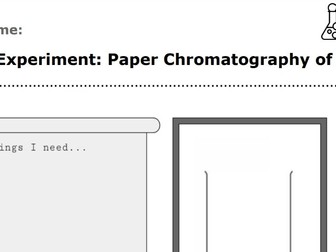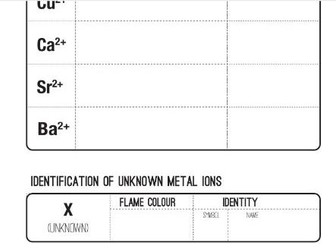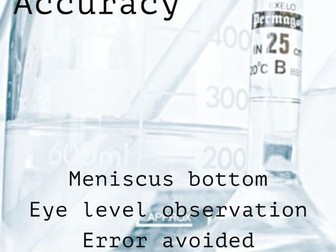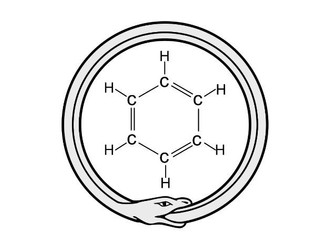MOLECULAR MODELLING CHALLENGE using Molymods (or use as posters)
I created this resource as an interactive activity for open evenings, taster days and STEM events. Could also be used as a wall display of familiar organic molecules. You will need a good supply of Organic Chemistry Molymod sets. The idea is that learners are challenged to build organic molecules from Molymods. The molecules themselves are detailed on an A4 sheet - one per molecule. On each sheet is the IUPAC name for the molecule, the trivial name for the molecule, the molecular formula, and the skeletal structure. These range from simple molecules like ethanoic acid (vinegar) to more complex organic molecules such as neurotransmitters (dopamine, serotonin etc) and hormones (testosterone, oestrogen etc). Also included are some pharmaceutical drugs (paracetamol, morphine etc) and a few recreational drugs (heroin, nicotine etc) for comparison. There are 16 molecules altogether, each on a separate sheet. They are suitable for a range of abilities. These can be laminated for a professional look, or just colour printed. There are instructional sheets, too (including a sheet on understanding skeletal structures), and a title page for displaying on a table / wall / door. This resource would best suit Key Stage 4 (Years 10 and 11) learners who are studying organic chemistry, and A-level chemistry students , who go into more depth on this topic. Also suitable for Access to Higher Education and BTEC Science students.




